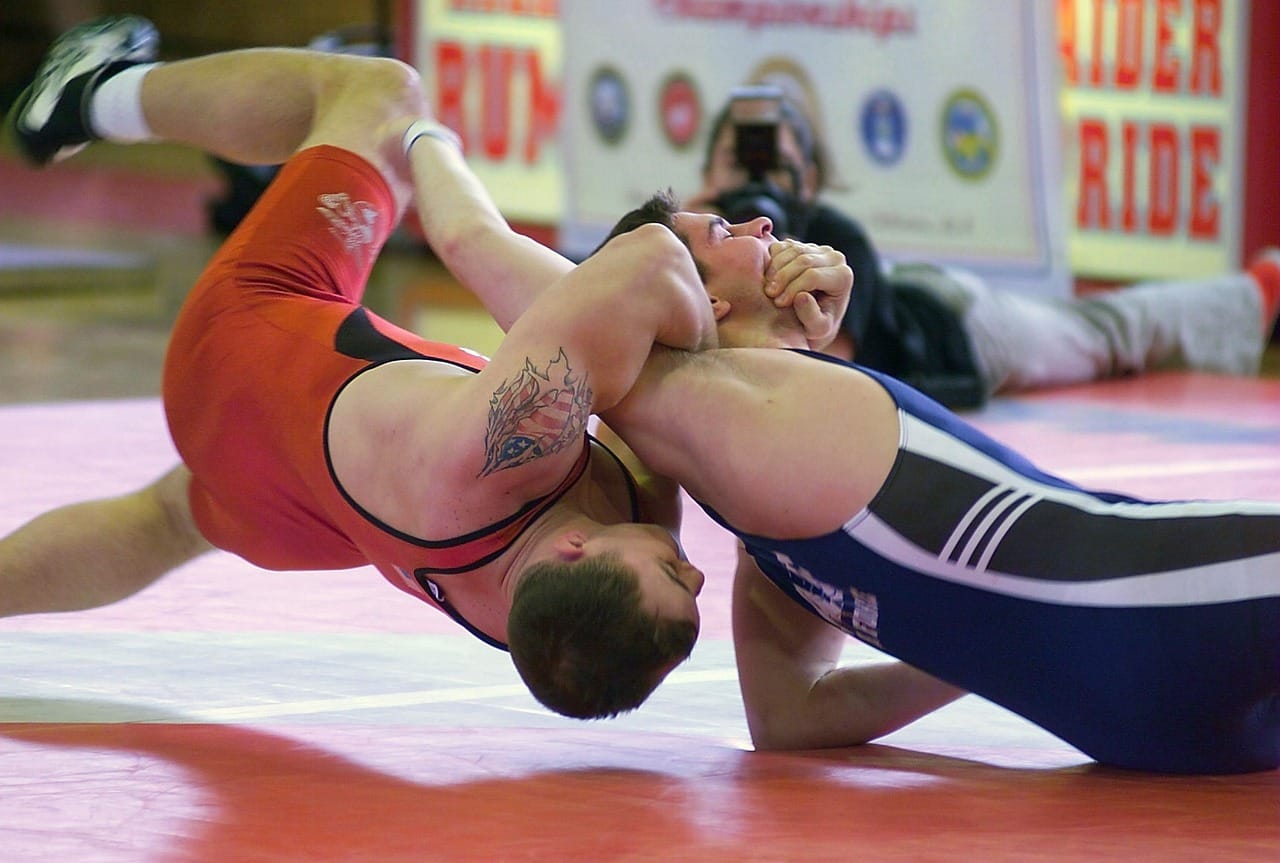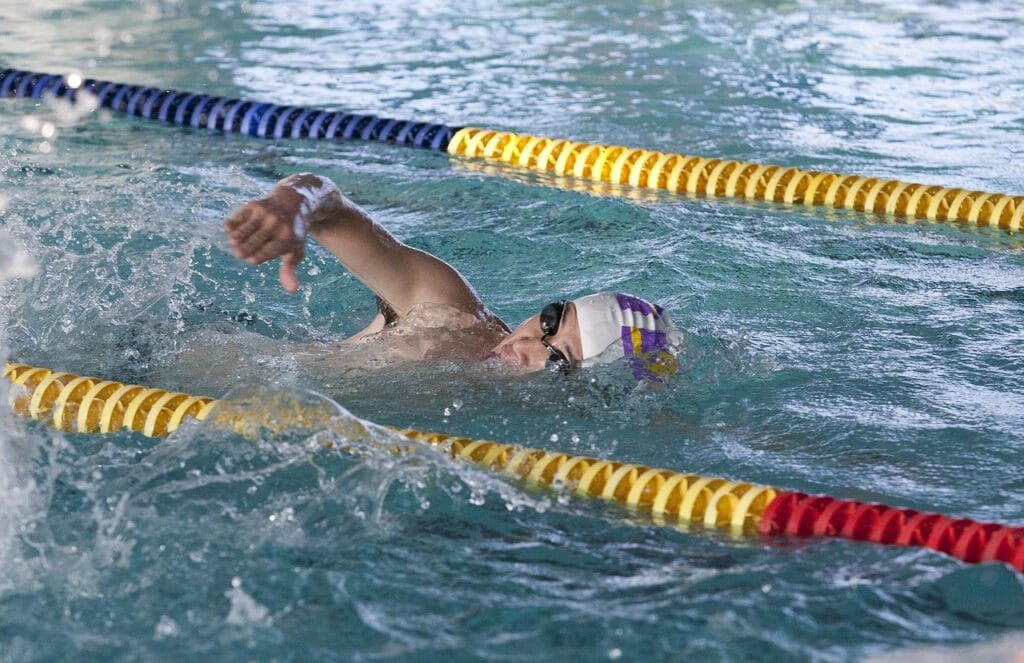In a move that shocked both athletes and the Arizona State University (ASU) community, Arizona State eliminates three men’s sports programs: wrestling, tennis, and swimming. This unexpected announcement, made by ASU administrators, has left many questioning the future of collegiate athletics at the university, while also highlighting the financial pressures and gender equity considerations that college sports programs face.
A Dream Turned into a Nightmare
For athletes like Kyle DeBerry, a former star wrestler at Sunnyside High School, the news hit particularly hard. DeBerry had spent much of his youth dreaming of becoming the next great Sun Devil wrestler. He had recently completed his freshman season at ASU, and like many of his fellow athletes, the announcement came without warning.
“That was one of my dreams, to wrestle as a Sun Devil, wear the maroon and gold, and go on to do big things,” DeBerry lamented. “Now, my dream has turned into a nightmare, and I have no control over it.”
DeBerry, along with 70 other student-athletes and six full-time coaches, were directly affected by the cuts. Many of these individuals, including tennis player John Nanosky and swimmers Brian Anderson and Adrian Kirkpatrick, were just beginning to make their mark on ASU’s sports programs. For them, the sudden termination of their programs has forced them to reevaluate their plans, both athletically and academically.
Why Cut These Sports?
ASU’s decision to cut wrestling, tennis, and swimming was driven by a variety of factors, with financial concerns at the forefront. According to ASU Athletic Director Lisa Love and President Michael Crow, the university expected to save around $1 million annually by cutting the three programs. While ASU’s athletics revenue was reported at $53 million in 2007, budgetary pressures necessitated the cuts.
The affected programs were chosen based on their financial impact, competitive success, regional support, and gender equity considerations. Despite the savings, the decision was not taken lightly. “These moves are extremely painful,” Love said in a statement. “We have arrived at the realization that funding a 20-sport program is a better fit for our financial profile and will serve to secure and strengthen our future.”
For a university like ASU, which had 23 Division I-A sports programs before the cuts, the move brings them in line with other institutions like the University of Arizona (UA), which also fields 20 teams. The challenge of maintaining a balanced budget while offering a broad range of sports programs has long been an issue for many universities, especially when factoring in the rising costs of scholarships, facilities, and travel.
The Personal Impact on Athletes
The immediate impact of ASU’s decision on the athletes cannot be overstated. For many, the announcement came without warning, leaving them scrambling to figure out their next steps. DeBerry, for instance, had already extended the lease on his apartment through June 2009. Now, like many of his fellow athletes, he faces the daunting task of finding another university where he can continue his athletic career.
“They didn’t give us any warning so we could look into other plans or other places to go,” DeBerry said. “It was a big surprise to all of us.”
Nanosky, a tennis player who had transferred to ASU from the University of Minnesota, echoed similar sentiments. “Probably the biggest shock of my life,” he said after learning about the cuts during a team meeting.
Despite the abruptness of the decision, ASU has committed to honoring the scholarships of the affected athletes through their senior seasons. Additionally, the university has offered assistance to those looking to transfer to other schools. However, for many athletes, the personal and emotional toll of leaving behind their teammates, coaches, and the community they had become a part of is immense.
A Broader Trend in College Sports?
While ASU’s decision may seem drastic, it is not without precedent. Other universities have faced similar financial pressures in recent years, leading to cuts in so-called “Olympic sports” programs like wrestling, tennis, and swimming. These sports, while valuable, often do not generate the same level of revenue as higher-profile sports like football and basketball.
In 2005, the UA athletic department cut 18 jobs, but it has managed to avoid cutting any sports programs for over 20 years. UA Senior Associate Athletic Director Kathleen “Rocky” LaRose expressed sympathy for ASU’s situation, noting that, while difficult, such decisions are sometimes necessary to maintain financial stability.
“We’ve been in the black for two decades now, so we feel good about that,” LaRose said. “That’s not to say we don’t understand programs need to do that. We do.”
The Emotional Toll and Future Uncertainty
For many athletes, the sudden elimination of their sport has been a bitter pill to swallow. DeBerry, who had always dreamed of wrestling for ASU, expressed deep frustration and disappointment. “When I signed with ASU, there was no money value I could put on that piece of paper,” he said. “Now that paper, which was worth $100,000 to me — which was priceless — is just that, a piece of paper.”
The financial savings gained by cutting these sports may help ASU balance its budget, but the emotional and personal toll on the affected athletes, coaches, and their families is profound. Many athletes, like DeBerry, will now have to consider transferring to other universities if they wish to continue competing at the collegiate level.
DeBerry’s father, Bobby, a former UA wrestling recruit, understands his son’s pain all too well. Bobby DeBerry was recruited to wrestle at UA, but before he could suit up, the program was cut in 1981. “Kyle heard the stories from me,” he said. “There’s no such thing as safety, especially when it comes to the Olympic sports.”
Conclusion
Arizona State University’s decision to eliminate its men’s wrestling, tennis, and swimming programs marks a difficult chapter in the university’s athletic history. While the move is expected to save the university $1 million annually, it comes at a significant cost to the affected athletes and coaches. For individuals like Kyle DeBerry, the decision represents the end of a dream, forcing them to navigate a challenging new reality.
As universities across the country continue to grapple with financial challenges, ASU’s decision underscores the precarious nature of collegiate athletics, particularly for smaller sports programs. While the university has pledged to support the affected athletes through scholarships and transfer assistance, the emotional impact of the cuts will be felt for years to come.



